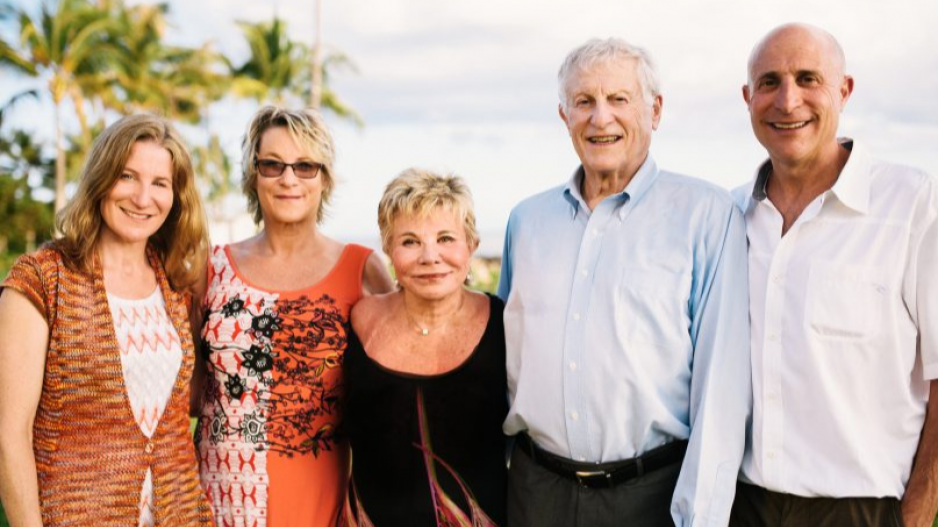After months of promising a new, modern and seamless system for treating addictions in British Columbia, Premier David Eby’s vision finally came to fruition this week in exciting fashion.
You can be forgiven, though, for not knowing much about it.
Because the premier wasn’t actually there to explain it.
His ministers didn’t attend or speak publicly about the roll-out.
And his province didn’t even put out a single press release.
Yet, somehow, the B.C. government still managed to spend a whopping 40 per cent of its entire budget for new addictions treatment beds, at an event nobody from the NDP even attended.
One of the weirdest policy launches in recent memory played out this week at St. Paul’s Hospital in Vancouver, where the health authority and a private donor got together to turn into reality something that was a cornerstone of Eby’s leadership bid and a marquee part of his first provincial budget.
Providence Health Care announced the funding for its new Road to Recovery model, an integrated addictions treatment stream that will take someone through stabilization, detox, in-patient recovery and out-patient community support, all without that person getting stuck in the current siloed maze of wait lists.
The push to make the 95-bed program a reality appears to be a $20 million donation from the Diamond Foundation, a charitable organization that donated the money in memory of Steven Diamond, a 53-year-old massage therapist and addictions counsellor who struggled with substance use for most of his life and died of a fentanyl overdose while waiting to see an addictions psychiatrist.
The first beds will open this fall.
“Some people say the system is simply broken,” his sister Jill Diamond, executive director of the foundation, said at the press conference. “But the truth is, the system we need doesn’t even exist.”
Eby has been saying the same thing since last August, when he declared he was running for the NDP leadership and promised a “seamless” new way of integrating addictions treatment inside the healthcare system.
He’s repeated that pledge several times since, although the details have remained vague. The whole idea has felt a bit like it was drifting off the government’s radar as its political energies were pulled to other crises in crime, affordability, wildfires and the larger healthcare system.
But the $20 million private donation appears to have snapped everyone back on track. The money was a “catalyst” to getting the province’s attention, said Fiona Dalton, Providence Health Care’s president.
“We were able to go to the government with this really fundamental new way of working and we were able to say, ‘And to enable this we have a commitment from a donor to put all of this money in,’” Dalton said at the event. “And that was really what enabled us to have that conversation.”
The B.C. government agreed to fund $60.97 million over three years to operate the new beds.
To put that in perspective, that’s 38.8 per cent of all the money the Eby administration set aside in February’s budget for new seamless addictions care over the next three years — allocated at an event neither the premier, nor his addictions minister, attended or even talked about.
“The Ministry is in early conversations with health authorities to begin the planning process and to determine the next three sites,” the Ministry of Mental Health and Addictions said in a statement.
“It is not anticipated that these sites will require private donor funding, though government remains open to collaborating with partners to tackle the toxic drug crisis and bring more supports to communities across B.C.”
The phrase “early conversations” should give you a clue to the timeline this government is on for seamless addictions care in the rest of the province — it’s not coming anytime soon.
It’s hard to imagine the three remaining sites will be very large, considering 95 beds at St. Paul’s ate up 40 per cent of all the available funding in the program for the next three years.
It would be interesting to hear the NDP government’s thoughts on all of this. Where is seamless addictions treatment heading? Is there enough money to meet demand? How exactly will this model work in areas outside of downtown Vancouver, where available services are more limited?
None of those questions have been answered publicly by New Democrats.
The odd rollout of the first phase would suggest the province got pushed into action by a private donor. Without that, we’d all likely still be sitting here waiting for the NDP government to turn the premier’s promises from a year ago into actual action.
Rob Shaw has spent more than 15 years covering B.C. politics, now reporting for CHEK News and writing for Glacier Media. He is the co-author of the national bestselling book A Matter of Confidence, host of the weekly podcast Political Capital, and a regular guest on CBC Radio. [email protected]




